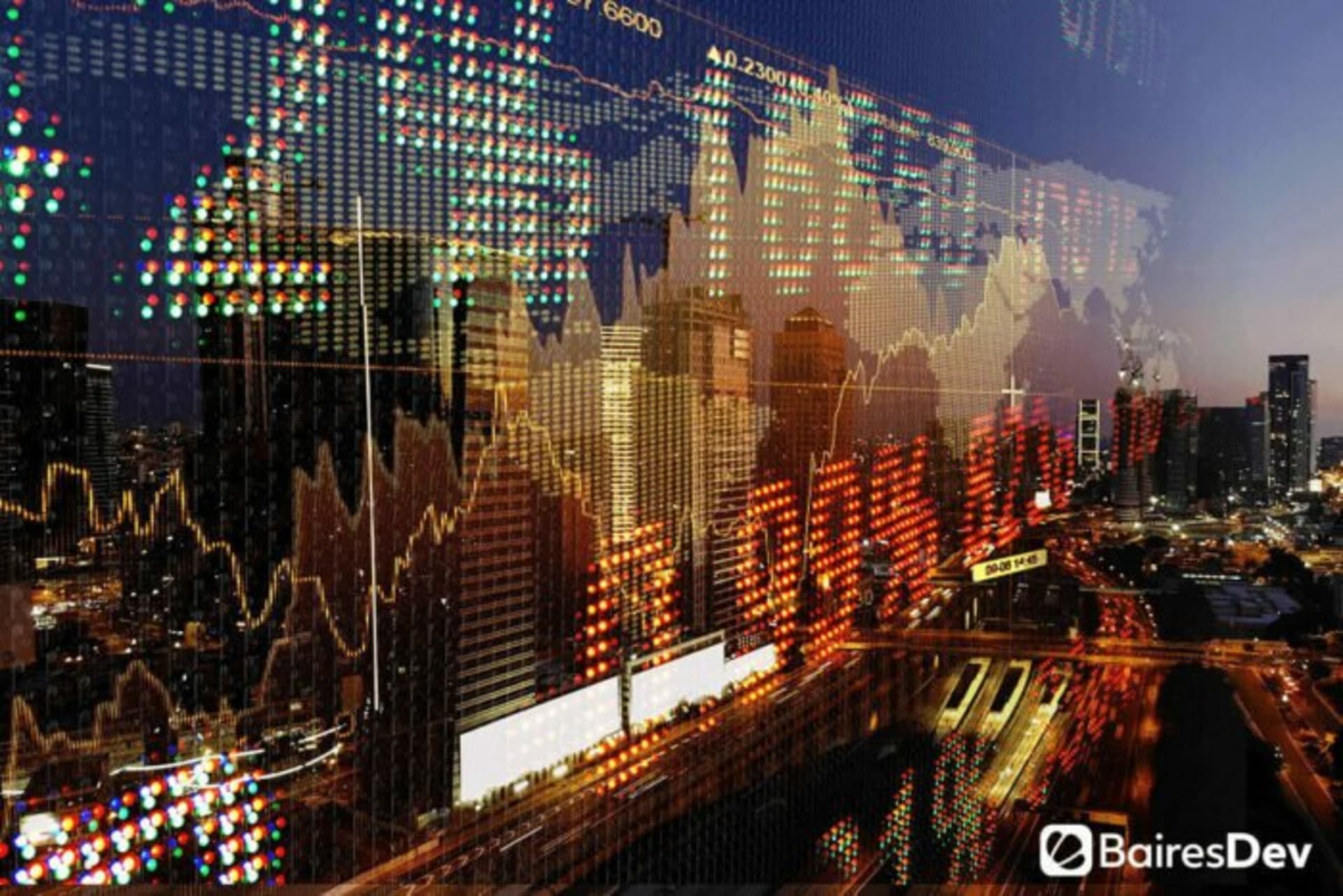Technology today isn’t nearly the same as it was only a few years ago. Now, more than ever, users demand more and more ways to interact with companies, each other, games, e-commerce, websites, and apps.
One modern means of interacting is called mixed reality, which is a fancy way of saying artificial elements (often generated by AI) are overlaid on top of real environments. This combination of real and artificial worlds makes it possible to produce new environments where the real and artificial come together to make something wholly new.
Such mixed reality environments can be used for design, education, entertainment, military training, healthcare, product content management, and the operation/management of robots. In fact, the implications and use cases for mixed reality environments are staggering, and your business would do well to consider adding mixed reality into the picture.
Start Developing for Mixed Reality
Before you can even start developing for mixed reality, you should understand the difference between it and augmented reality (AR).
Augmented reality is a composite viewing experience achieved by superimposing computer-generated images over a view of the real world. Most modern phones are capable of augmented reality. Mixed reality, on the other hand, allows for the interaction of real and artificial elements and maintains a connection to the real world. That difference is important, as augmented reality does not allow for the interaction of the elements within the view.
Another thing that’s important to understand about mixed reality is that it requires special hardware to function.
Microsoft HoloLens 2
Microsoft’s HoloLens 2 is one of the most popular pieces of hardware used for viewing mixed reality environments. HoloLens 2 is a self-contained holographic device that has a diagonal field of view of 52 degrees with 20 pixels per degree of resolution. The cost of the HoloLens 2 device is approximately $3,500, which puts it out of contention for simple consumer usage. That’s fine, because HoloLens 2 isn’t geared for consumer usage, but rather, more enterprise use cases, such as warehouses and factories.
Microsoft has gone to great lengths to make HoloLens 2 incredibly simple to use, so it can be applied to practically unlimited use cases. With these mixed reality devices, you can train staff members on complicated processes, without them actually interacting with the real thing. For instance, employees in training could learn how to build something very complex in a totally virtual environment.
Which Tools Do You Need To Develop HoloLens Apps?
To start with HoloLens development, your software engineers are going to need to be proficient with Microsoft Visual Studio, Windows 10/11 SDK, a HoloLens 2 device, either Windows 10 or 11, the HoloLens 2 Emulator, and a HoloLens emulator (such as Unity, Unreal Engine 4, OpenXR, or WebXR).
In order to hit the ground running with Microsoft HoloLens app development, your engineers will also need the tools for creating 3D holograms, which can be created with tools like Unity 3D.
Mixed Reality Development Environments
For HoloLens development, you’ll need a team capable of working with languages such as C#, C++, and JavaScript. It’s also absolutely crucial that you have the following tools for your teams:
- Mixed reality software development kits (SDKs): Nearly every manufacturer of head-mounted displays (such as Microsoft’s HoloLens 2) offers SDKs to help developers learn how to start working with the technology.
- Game engines: These are brilliant tools for mixed reality because they make it possible for your developers to create beautiful experiences and render 3D visualizations in real time.
- Version control: Because your teams will be working with a massive number of files, they’ll need some form of version control to keep everything on track and in order. Git and GitHub are great tools to start with.
Other tools to consider for mixed reality development include:
- Amazon Sumerian – a set of browser-based tools for creating high-quality virtual reality (VR), AR, and 3D applications that don’t require coding experience.
- Spark AR – an augmented reality platform that allows for the creation of AR effects for mobile cameras.
- Lens Studio – allows for the creation of AR environments for Snapchat.
One thing to keep in mind, however, is because HoloLens 2 uses Universal Windows Platform (UWP), you cannot develop for the hardware on any operating system besides Windows. That means all your developers who work on macOS or Linux will have to get used to the Windows OS.
Finally, platforms that take advantage of mixed reality environments include Steam, Oculus, Vuforia, MAXST, Wikitude, ARToolKit, ARCore, and ARKit.
Conclusion
If your company is looking for a more modern solution for things like training, design, and property development, mixed reality and Microsoft HoloLens 2 is a great combination that will ensure better safety, reliability, repeatability, and even better onboarding for certain jobs. Although the learning curve might be pretty steep with mixed reality (especially when designing 3D models), the benefits of adding this technology into the mix far outweigh the initial ramp-up to development.
Of course, if your software development teams aren’t up for the challenge, there are also services that offer mixed reality development (such as BairesDev).






